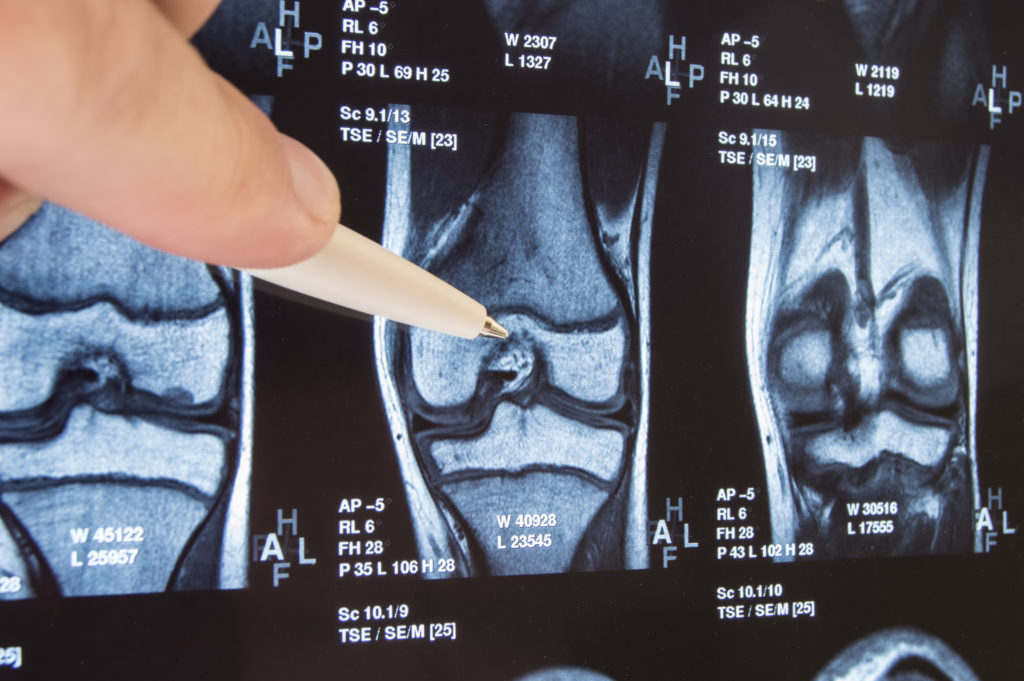THIS POST IS PART OF THE ULTIMATE GUIDE TO SPORTS MEDICINE
The patella (kneecap) can dislocate outside of its normal position. A dislocated kneecap is not the same as a dislocation of the knee joint.
Anatomy
The kneecap connects the muscles in the front of the thigh to the shinbone (tibia). As you bend or straighten your leg, the kneecap is pulled up or down. The thighbone (femur) has a V-shaped notch (femoral groove) at one end to allow the kneecap to move. Normally, the patella fits perfectly in the groove. But if the groove is uneven or too shallow, the patella could slide off, resulting in a partial or complete dislocation.
How do you dislocate your kneecap?
A patellar dislocation is usually a result of a sudden blow or twisting action of the knee. In most cases the patella will relocate to the patellofemoral groove when you straighten your knee, however this is usually quite painful. Factors which make a patella dislocation more likely are insufficient quadriceps strength on the inside of the knee, over pronation of the feet and what is known as an increased Q angle of the knee.
What are the symptoms of a dislocated kneecap?
- Immediate pain
- Swelling in the knee joint
- Knee buckles under weight
- Stiffness
- Cracking sounds during movement
- Obvious displacement of the kneecap
How is a dislocated kneecap diagnosed?
To determine whether you have a dislocated kneecap, your physician will ask you to walk around or straighten and bend your knee. Typically your physician will also feel around your patella and take measurements to determine if the bones are out of alignment or if the thigh muscles are weak. An X-ray may be necessary to see how the kneecap fits in the groove or to eliminate other possible reasons for pain.
Make an appointment with a knee specialist at OrthoIndy
How do you treat a dislocated kneecap?
If you have a completely dislocated patella, the first step is returning it to the correct place. This is called “reduction” and often times it spontaneously happens before the person is able to seek medical treatment. Sometimes, your physician will apply gentle force to place the patella back in place.
If the patella is only partially dislocated (subluxated), your physician may recommend nonsurgical treatment such as physical therapy and bracing. If your patella repeatedly dislocates, surgery may be necessary to realign the bones or reconstruct the ligaments.
Learn more about having knee pain treated at OrthoIndy.

Schedule an appointment
Your well-being is important to us. Click the button below or call us to schedule an appointment with one of our orthopedic specialists. If your injury or condition is recent, you can walk right into one of our OrthoIndy Urgent Care locations for immediate care. For rehabilitation and physical therapy, no referral is needed to see one of our physical therapists.





